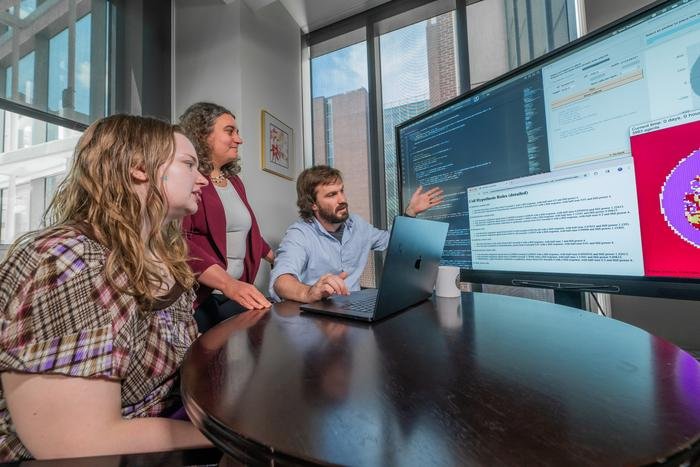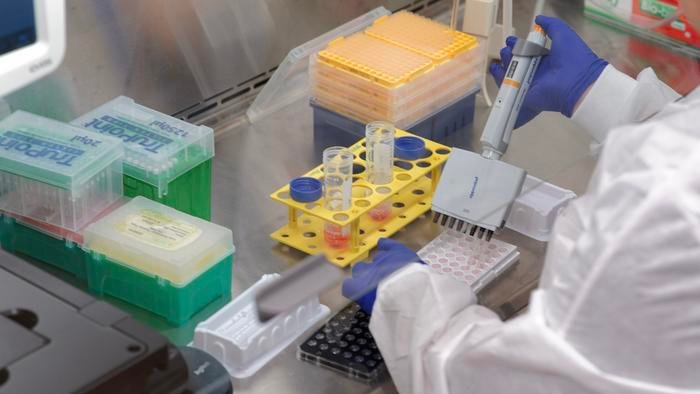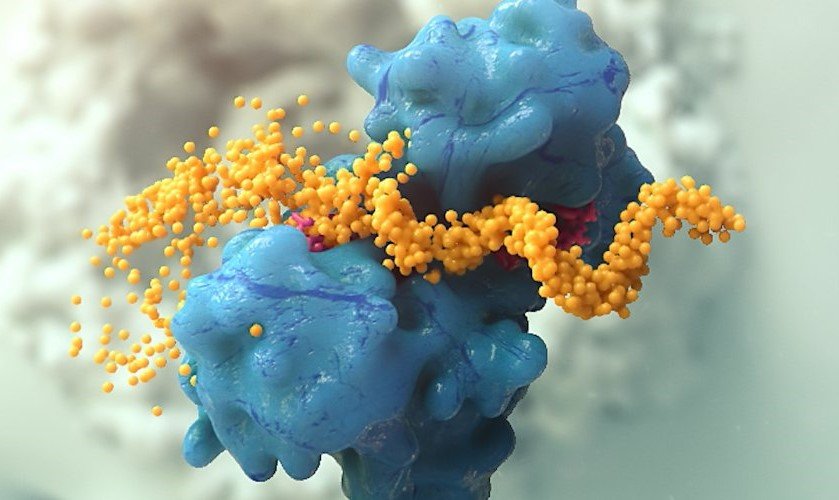A graduate student from the Massachusetts Institute of Technology (MIT) is poised to commercialize a new technology for improving the cost-effectiveness of mRNA manufacture. Nathan Stover is working on developing a detailed mathematical model of in vitro transcription (IVT), a fundamental technique for mRNA manufacture, using more efficient fed-batch processing rather than a simpler, more traditional, batch technique.
Now, he is implementing the model as a commercial tool by joining the emerging AI and bioinformatics company BioCurie.
“People have previously developed mathematical models for IVT to describe the data in front of them, but we set out to describe all the existing data ever published,” says Stover. “As our experience is with a very diverse set of data, we’ve been confident it would work in someone else’s lab.”
IVT involves synthesizing RNA molecules outside of living cells and, according to Stover, is usually done as a batch chemical reaction. “You take all the ingredients you need and mix them together, have lunch, and, when you come back, you have mRNA!” he explains.
Although this is suitable for some industries, he notes that there are many different reasons why other industries, such as biopharma, would want to move away from that batch process. One reason is that non-consumable and consumable materials are both used up at the end of the batch. Whereas, in a fed-batch process where consumables can be added during the process, the non-consumables, which can be expensive in biopharma, have a longer life, he adds.
Controlling the variables
Another reason, is to have more control over variables, such as pH, as the batch process progresses. “One way to solve these problems is to use a continuous reaction, where things come in and out, but this is difficult from an engineering perspective. Whereas, with a fed batch, it’s easier to design, but the problems can [still] be largely solved,” he says.
Unfortunately, a fed-batch reaction is harder to design than a batch process because of the need to specify all the variables and quantities.
“You’d need to do a billion experiments, or, at least, it can feel like that, to get the best recipe, and the way we’ve solved that is to create a really detailed mathematical model of the chemical reaction, showing how everything affects everything else, and we’ve had to invent some new science along the way,” points out Stover.
The new model, he says, is the equivalent of running those “billions of experiments” and should, when commercialized, help advanced therapy manufacturers to more easily produce their mRNA.
“A lot of what I’ve described is a universal problem in biomanufacturing where you have inputs and outputs, and this is a software tool guide that can help you navigate the way,” according to Stover.
Stover will be presenting his work at the 17th Annual Bioprocessing Summit in Boston, in advance of joining BioCurie to commercialize his work. Stover is supervised by Richard Braatz, PhD, who is the Edwin R. Gilliland Professor of Chemical Engineering at MIT. He and Stover have a pre-print paper in Chemical Engineering and Industrial Chemistry.
The post Automation Aims to Cut mRNA Manufacturing Costs appeared first on GEN – Genetic Engineering and Biotechnology News.



